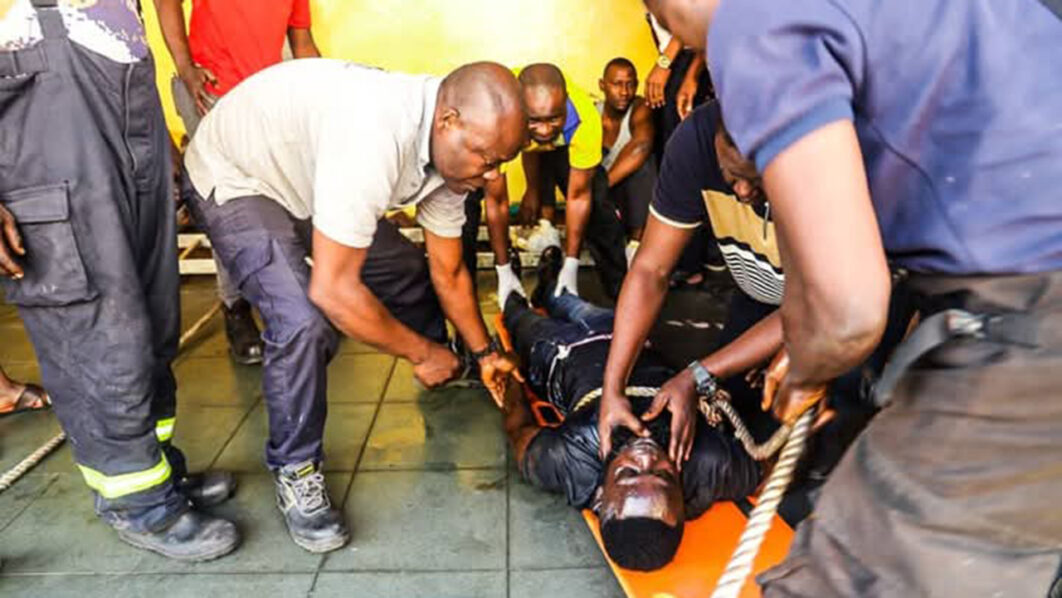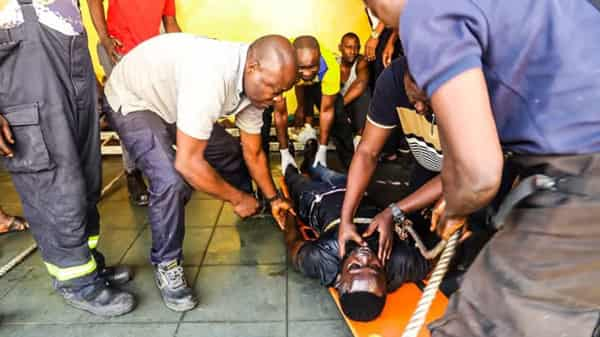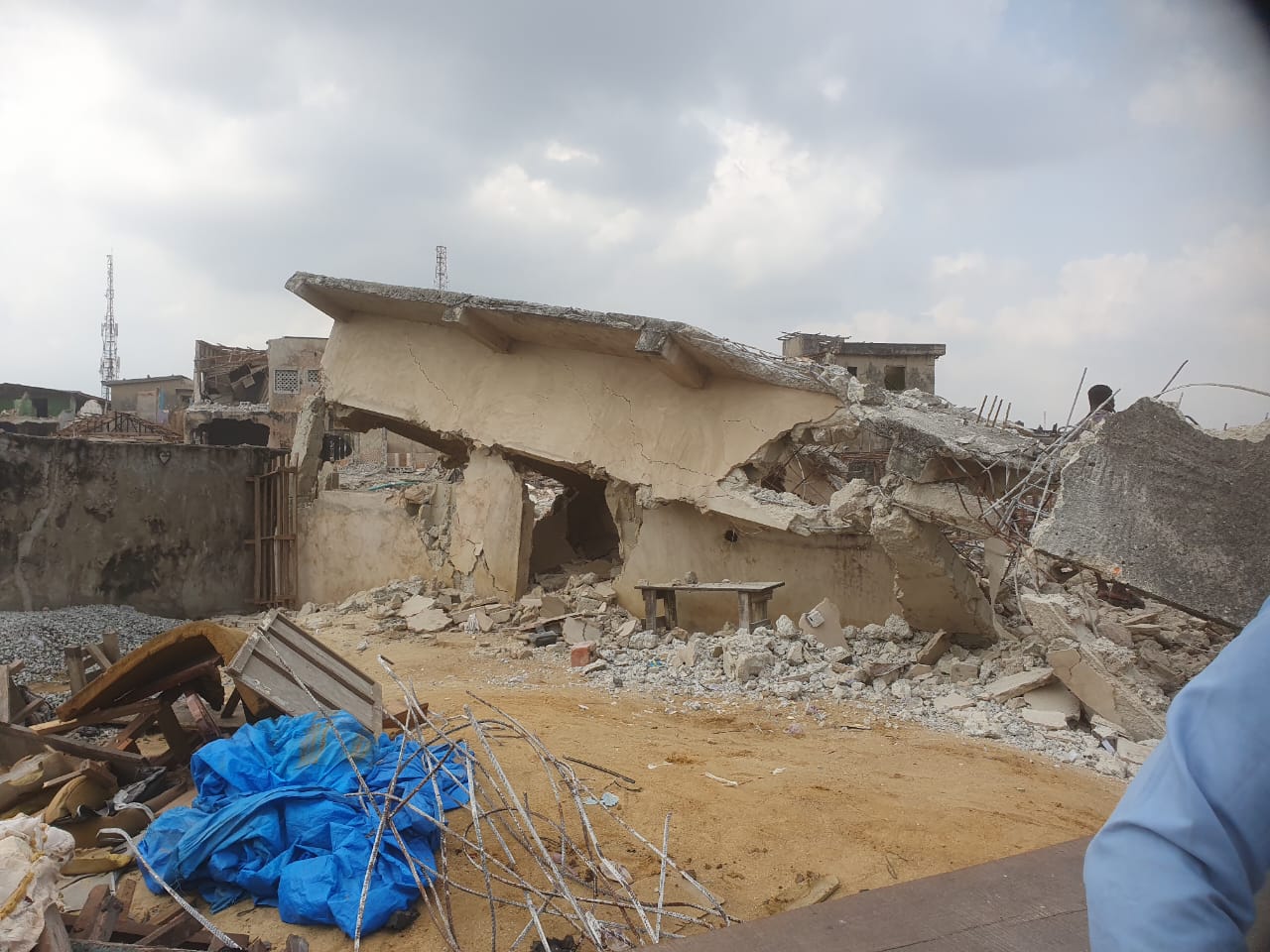
• Political will, not budget, key to effectiveness, says ex-NSCDC boss
• LASWA calls for public vigilance, improved collaboration
• Obsolete equipment, funding gaps hamper LASEMA’s operations, says Oke-Osanyintolu
• Lawmaker promises reforms to boost response efforts
Recent events have reignited concerns about the preparedness of rescuers in managing emergencies in Lagos State. The state, including its waterways, remains unsafe, poorly secured, and lacking in swift responses to accidents and other crises.
Last year, a 34-year-old Nigerian activist, Fawaz Alabi, drowned at Ibeshe Beach, with no rescuers available to assist him. Earlier, on April 10, 2024, two persons drowned after being flung into the Third Mainland Bridge Lagoon following an ill-fated bus accident.
Efforts to rescue them were minimal, with the search being suspended after almost two hours. Authorities then waited for the bodies to surface. The body of the first victim was recovered on Friday, April 12, 2024, while it took emergency responders another two days to retrieve the second victim.
On April 28, 2024, a man identified as Azeez jumped into the Lekki-Ikoyi Link Bridge Lagoon. Despite the immediate presence of onlookers, no rescue effort was initiated.
The case of Dongo, a lone hero in the May 26, 2024, Mushin mosque collapse, underscores the inefficiencies in the state’s emergency response. Dongo, a popular figure who had been fetching water for residents for nearly three decades, selflessly created pathways for worshippers to escape. Tragically, he lost his life in the process and was forgotten for days by responders.
The mosque reportedly collapsed on about 50 worshippers who had just concluded Salatul Dhur prayers, allegedly due to an excavator working on a nearby road project.
During the disaster, Dongo was a symbol of hope amid the chaos. Clad in ordinary clothes, he left his four-year-old daughter to assist others. His daughter was later rescued alive, but Dongo, trapped under rubble and heavy debris, succumbed to his injuries. His body was only discovered five days later when a foul odour emanated from the site, hours after the Deputy Governor of Lagos State had visited.
Comparisons have been made to the efficient rescue operation of March 26, 2024, at the Francis Scott Key Bridge collapse in Maryland, United States. Such inefficiencies in Lagos’s 21st-century rescue operations are unacceptable.
The Lagos State Emergency Management Agency (LASEMA), established under the LASEMA Law 16 of 2008, is tasked with ensuring emergency and disaster management in the state. Its mandate aligns with Decree 12 of 1999, amended by Act No. 50 of 1999, which established the National Emergency Management Agency (NEMA). LASEMA is charged with emergency prevention, preparedness, mitigation, recovery, and relief efforts.
However, the agency has faced significant challenges, including slow response times, inadequate manpower, and insufficient funding, which continue to hamper its operations.
Speaking on the issue, a retired Assistant Commandant General of the Nigeria Security and Civil Defence Corps (NSCDC), Bille David Urbanus, lamented that the emergency planning system in Nigeria is a bit slow, while the response time and coordination are always very hectic.
According to him, there is a need for responders to operate proactively, considering what is happening in other countries. He said: “We shouldn’t wait until something happens before we start mobilising. In the advanced world, they are more organised, mobilised, and kept in anticipation of emergencies.
“But we don’t do that, so we need to change our ways in Nigeria in the issue of emergency operations. Our policymakers need to go back to the drawing board and see what they can do, especially with regard to the response time, as we don’t always plan ahead.” On the issue of training or equipment, Urbanus said: “What we need is not improved budgeting but political will, because political will is lacking.”
Also, the General Manager of the Lagos State Waterways Authority (LASWA), Damilola Emmanuel, stressed that rescue operations are relative and situational.
According to him, when there is an emergency, whoever is available should offer help, and once the emergency numbers are called, responders try to get there as soon as possible. He called for inter-agency collaboration to improve response time to emergencies.
“In the last few years, how many incidents have you heard of where the response squad was not able to get there on time? That is why I said do not pick one incident in isolation; you have to understand what has happened in the situation.
“We train and continue to train. We need inter-agency collaboration continually and also retraining. The public should say something if they see something.
“We are getting enough from the government. We have trained over 30 men, we have two rescue boats, and we have enough support, especially during this administration,” he added.
However, the Permanent Secretary of LASEMA, Dr Femi Oke-Osanyintolu, identified a paucity of funds and obsolete equipment as some of the agency’s challenges, which needed urgent attention, coupled with more training opportunities for its staff. He appealed for better funding to replace obsolete equipment and urged residents to cooperate with first responders during rescue operations to reduce casualties. Oke-Osanyintolu stressed that the agency is doing its best under the prevailing circumstances.
Reacting to complaints about funding and slow rescue operations in the state, Chairman of the Lagos State House of Assembly Committee on Special Duties and Intergovernmental Relations, Dr Rauf Age-Sulaimon, promised to ensure that all the challenges hindering emergency operations in the state would be given accelerated attention to ensure improved service delivery to residents. He commended LASEMA for its efforts in emergency response and disaster management in the state but advocated more sensitisation on its activities to residents.
According to him, “It is unfortunate that we lost somebody in that unexpected occurrence in Mushin. A stitch in time saves nine, and we have to do something concerning improving the rescue time.
“I promised within myself to ensure that some of these challenges are solved because you cannot equate anything with the lives of Lagosians and Nigerians.”
“Some equipment procured during the administration of former Governor Babatunde Fashola is obsolete and can do little or nothing because the spare parts are no longer available.
“We should be able to get substitutes. In the western world, whatever they produce has a lifespan. Instead of using their leftovers, all the equipment is gone, and repair is not advisable unless there is assurance that it will be fixed properly. Then we should check how we can get new ones.
“There is only one crane that is functioning at the moment; only one in the entire Lagos.
“I learnt that LASEMA is now going into partnership with companies to borrow equipment, which is not dependable, like us having ours in all the geopolitical zones. The equipment is almost 12 years old,” he said. The lawmaker promised to ensure an increment in LASEMA’s budget to improve its response time in 2025.






